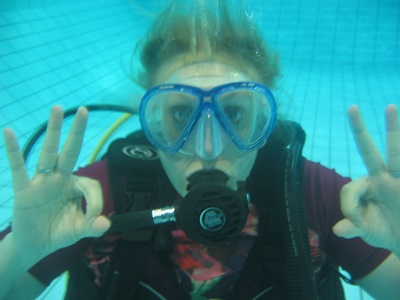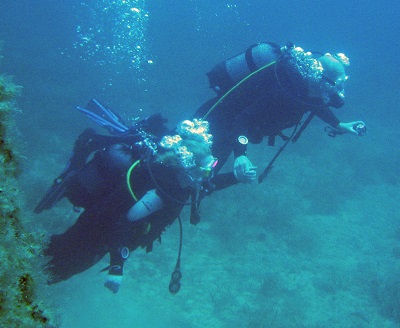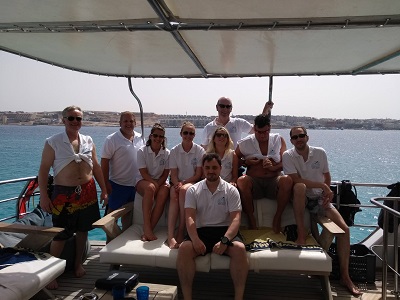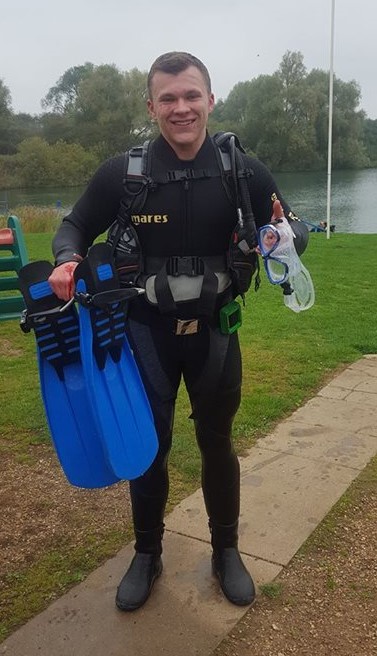



Humongous thanks to the most tolerant and supportive instructor I could ever have wished for! Today's dive in the Lake was awesome and I loved every minute! Next dive - Hikkaduwa in Sri Lanka in 3 weeks!!!
Underwater Adventures have blessed me with a whole new world. Please ensure you contact them for all your scuba inquiries! Stephen is an exceptional instructor and the otherdivemasters involved really have been outstanding throughout my 6 months of training and preparation... it has been a long road but I am over the moon. I am now a PADI open water scuba diver and immensely proud of myself!
